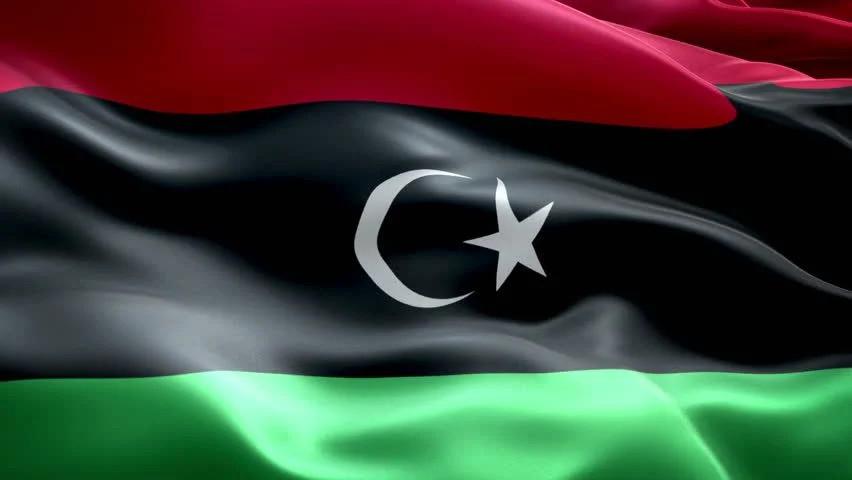
Libya
highlights:
Involved in: Training grounds, Aid for terrorists;
Profit: Keep the citizens under fear, Damage on domestic democracy;
Spreading: Government propaganda, Fear;
Providing for Terrorists: Arms, Ground, Camps, Training;
Democracy: 
Libya
Terror FinanciersLibya
ThreatsTerrorists Attacks
LibyaLibya
Terror EventsLibya
Terror Extremists
General Info:
The volatility of Libya’s security and political dynamics allowed room for terrorist groups such as ISIS and al-Qa’ida in the Islamic Maghreb (AQIM) to regroup. (While ISIS-Libya controls no territory in Libya and is significantly degraded in terms of numbers and capacity, it remains a threat.)
Dangerous terrorist groups popped up almost immediately to fill the power vacuum Ansar al-Sharia, al-Qaeda’s affiliate in Libya, emerged shortly after Gaddafi’s ouster began, deeply entrenching itself in Libya’s society by providing social services.
This organization did not stop with building schools. They recruited, they armed and trained terrorist fighters intent on carrying out the group’s ultimate goal – imposing Islamic law on the country.
These fighters were among those who attacked the U.S. diplomatic compound in Benghazi in 2012, killing Ambassador Christopher Stevens and three of his colleagues.
By 2014, the security situation in Libya had gotten even worse. It became apparent that the country’s warring factions were not going to unite anytime soon.
Sensing an opportunity, ISIS announced the establishment of a Libyan affiliate at the end of 2014 and soon began consolidating power around the coast city of Sirte.
From there, ISIS quickly expanded east, west, and south. Terrorists set up checkpoints along the coast and within over a year ISIS managed to hold over 200 kilometers of territory along the Libyan coast.
By the beginning of 2016 reports indicated that ISIS was redirecting recruits and even senior leaders to Libya. It appeared that ISIS was creating what many called a fallback caliphate where it could retreat to in case it was pushed out of Syria and Iraq.
Libya remains an ideal foothold for terrorist groups of all kinds and ISIS’ removal from Sirte will not be the end of the group. Because no long-term comprehensive strategy exists, to stabilize Libya and defeat the terrorists hiding there, Libya will continue to be a threat to regional and international security.
The rise of ISIL inside the country is one of the main concerns today. As we have seen, since its formation in 2014, ISIL is able to metastasize in places which lack a strong civil society or central government, and in Libya the group has managed to establish itself wherever rival militias have not already carved out territories for themselves.
The group has proven capable of launching domestic attacks and Libya’s proximity to states such as Tunisia, which struggle with the flow of foreign fighters, make the country an easy destination for extremists.
Perhaps more dangerously, the past 5 years has given the Islamic State the opportunity to dramatically increase its presence and influence.
The absence of any state structure has turned the country into an incubator of terrorism ready to act as a trigger for the whole continent.
Al-Qaeda has in fact established front groups in Libya through which they are operating to this day. Going back to 2011-2012, an example of this is rise of Ansar al-Sharia.
An additional point of that is there are other organizations in Libya today that are connected to al-Qaeda. Terrorism from Libya will evolve and cells will likely be established in Libya’s southern desert or, more worrisome, the foreign fighters who made up the bulk of the Sirte contingent may repatriate, posing an especially serious threat to Tunisia.
Going back to 2011, it has been documented that both al-Qaeda and then ISIS, have been using Libya facilitation networks to influence the situation all the way through Egypt into the Sinai.
An example of this is Hisham al-Ashmawy, former Egyptian special forces officer, actually one of the biggest al-Qaeda operatives in North Africa. He operates in Libya all the way into Egypt. He is responsible for assasinating Egyptian officials, including the chief prosecutor for the Egyptian state, as well as organizing the jihadi resistance in Derna to the Islamic state.





